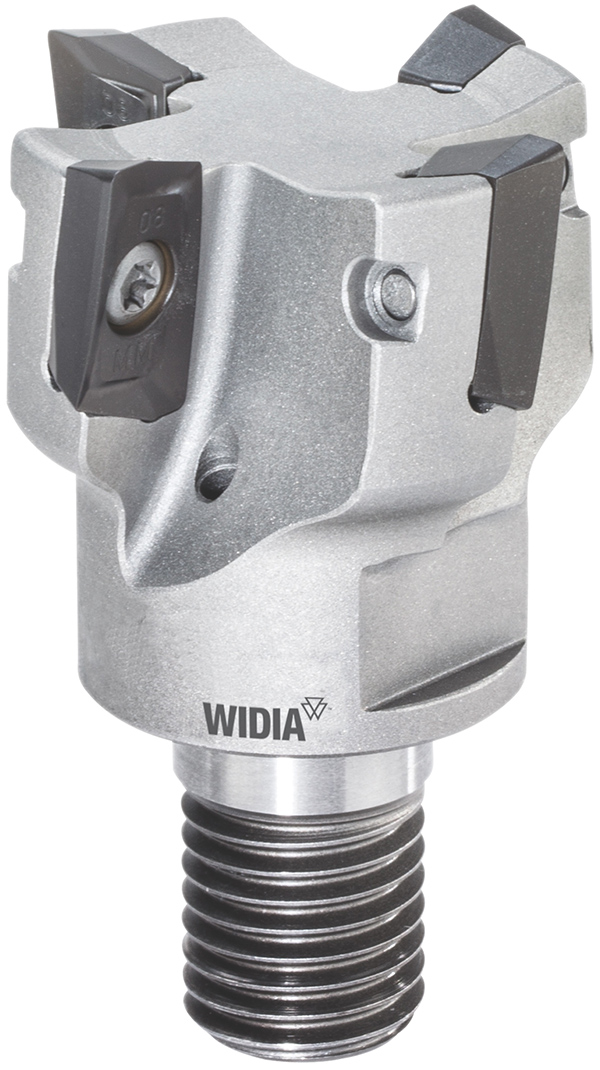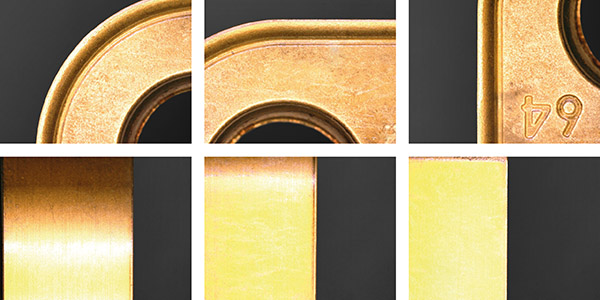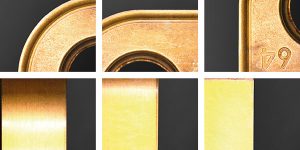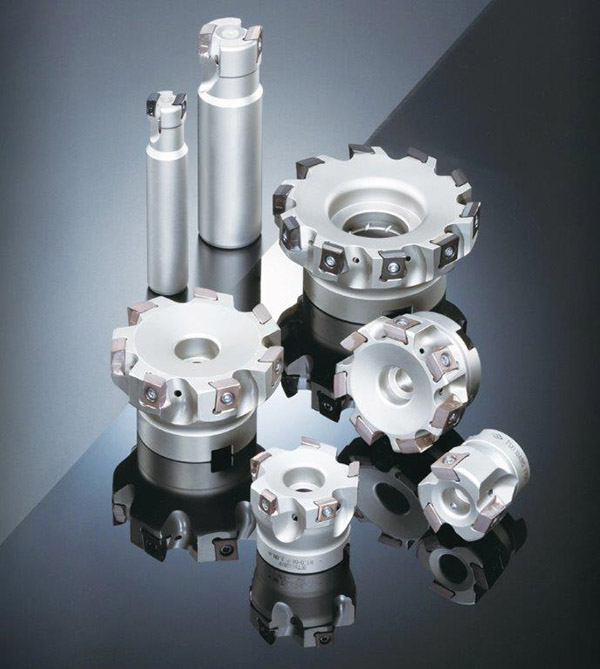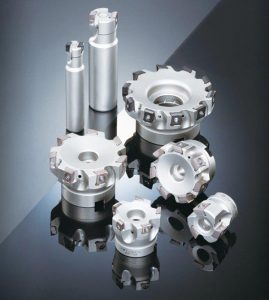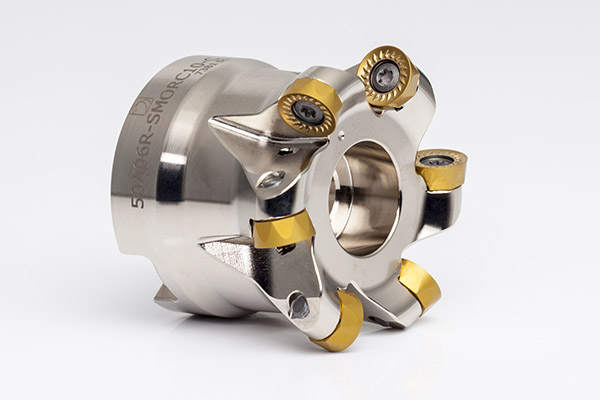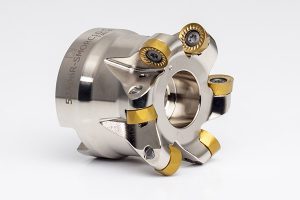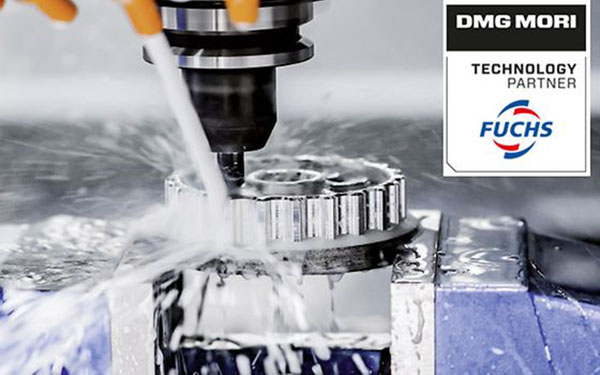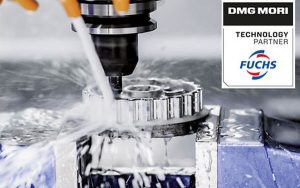Designed to boost productivity when milling challenging materials, Industrial Tooling Corporation (ITC) has launched the new VSM17 line of shoulder-milling tools from Widia into the UK market.
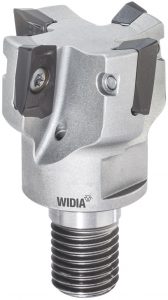
The 90° shoulder milling platform offers aggressive ramping angles of up to 8.8° with guided internal coolant supply; features that combine to help elevate material removal rates and chip clearance. The steel VSM17 tool bodies are available with screw-on, Weldon and cylindrical end mills from 25 to 40 mm diameter (with regular and long shanks), shell mills from 40 to 160 mm, and the M4000 cartridge milling system in diameters from 125 to 315 mm. The various tool bodies incorporate an optimised chip gash that is designed to optimise stability, chip removal and cutting efficiency.
This latest addition to the Widia 90° VSM series is suitable for everything from light, precision machining to medium roughing. The tool’s two-edged 16 mm inserts incorporate an embedded wiper facet for high surface finishes, an additional margin on the clearance face that strengthens the cutting edge and a positive rake design which generates a soft cutting action.
The inserts are offered in a range of grades for machining cast iron, steel, stainless steel, aluminium and a variety of additional materials. Each insert grade is offered with the option of the ALP, ML, MM and MH insert geometries. ALP is a peripheral ground geometry for the rough to finish machining of aluminium alloys, whereas ML is designated for light to finish cutting on stainless steel and titanium. MM and MH are general and heavy-duty cutting grades for a multitude of material types.
For further information www.itc-ltd.co.uk






